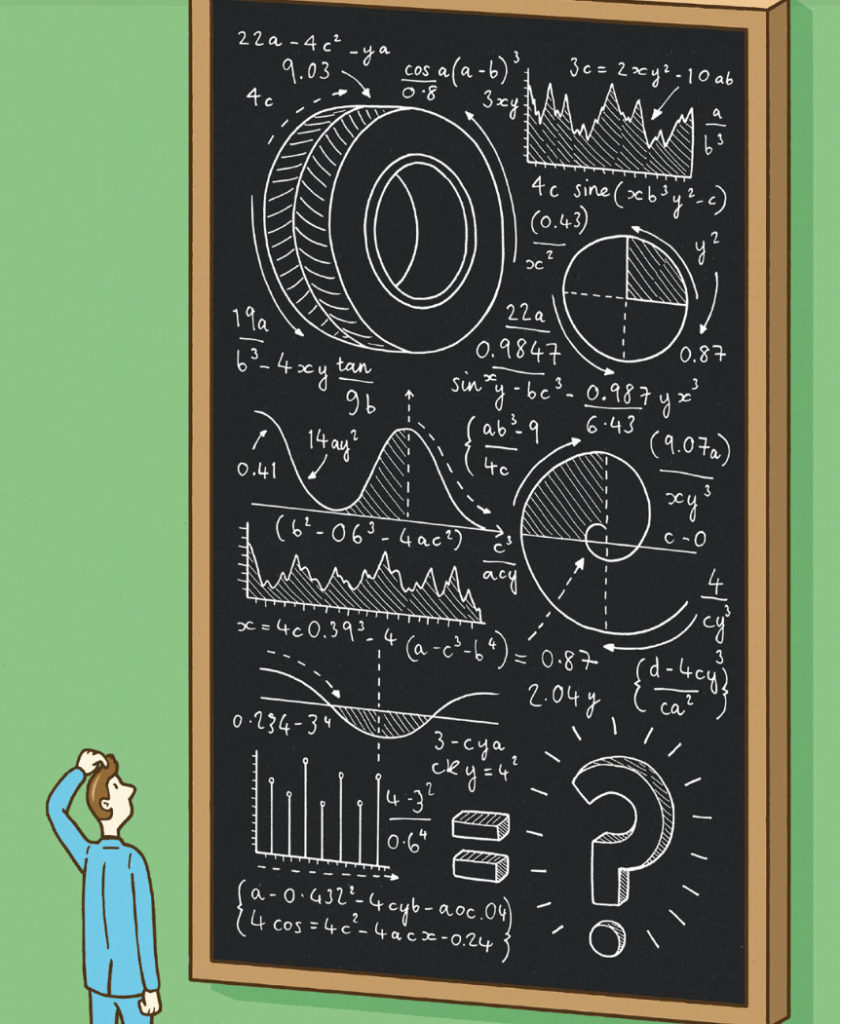There are a lot of tire models available in the world. Most are closed source (or black box), meaning the program code behind them is not available to end users. This is understandable as the code can easily be licensed and its development paid for. Everyone’s got to make a living! This approach, however, makes it much harder to get the best out of the models – if you can’t see their internal workings, it’s harder to maximize their usefulness.
Other models, such as Magic Formula, are effectively open source, with the equations published in books and journal papers. This means that anyone (if they invest the time) can build and use their own Magic Formula solvers and, in the process, learn the details of how the model works.
In April 2015, during a session at the 4th International Tire Colloquium at Surrey University, UK, the general idea of open sourcing was discussed. In attendance were various figures from the commercial tire model development community, representatives from car and tire companies who use the models, and a large group of academics involved in more fundamental research. Issues were raised regarding everything from intellectual property concerns and licensing through to technical advances, development strategies and training. Boiling all this down, most discussions centered on one of two approaches.
The first is the traditional licensing model. A company or organization develops a tire model, tests it, evaluates it and, when it works, compiles the model into a black box and sells licensing to use it. These licenses typically come with some training and documentation and an ongoing maintenance fee. The advantage here is the more realizable income generated by the license fee. The disadvantage is mainly on the customer side – not being able to see into the black box means the only way to understand the model is via the documentation and continued evaluation. Furthermore, if the customer wants to add features or modifications, they are usually unable to do so themselves and must rely on the vendor.
The second approach supports an open-source mentality. This is where an organization, usually (but not always) academics at a university, develops a reasonably mature piece of software and then publishes the source code online. Doing so means that anyone can dig through the code and fully understand what the tire model does. Other stakeholders can also develop the code themselves and are encouraged to share any updates they make. If there are enough users invested in the project, the development work is completed across the community, reducing the overall development costs. Furthermore, if a particular user needs specific enhancements or additional features, they are able to develop these themselves and share the enhancements with the community – customers get what they need, and the tire model is continually further developed.
The issue with the open-source approach is that once the code is published, it can’t usually be licensed in the conventional way. After all, why would anyone pay a license for software that’s available for free? One solution here is not to charge for the code, but for technical support, as the code is often complex and requires a significant time investment to get it up and running so that it can be used effectively. Therefore, offering a support license can be a commercially viable option.
Another option is for commercial companies to develop and license a user-friendly interface for the complex open-source tire model. For example, while a customer may be able to code its own Magic Formula plotter and toolset, for many it makes sense to buy some already coded software to save time. This can offer the best of both worlds, as in some cases the licensed software can be used even while the underlying open-source tire model is modified and updated. With the advantages that come with open-source code, I personally am very much in favor of this approach.
Illustration: Phil Hackett




